Churn doesn’t happen abruptly.
In most cases, there are blazing red flags that hint a client is at risk of canceling.
But knowing how to coax them to stay while simultaneously improving your product to prevent other customers from leaving, now that’s something you want to master, stat.
In this SaaS Churn guide, you’ll learn exactly that. I’ll even share some of the strategies used by real-world startups in this list. You’ll want to stick around, as one of them even managed to increase its retention rate by 300%!
What is a Good SaaS Churn Rate?
According to ProfitWell, the average SaaS churn rate is around 5%.
A “good” SaaS churn rate is 3% or less.
Bear in mind that this churn rate reflects the SaaS industry as a whole.
It doesn’t paint an accurate picture of the market that your SaaS tool is in (e.g., email marketing SaaS tools will likely have a different average churn rate than CRMs).
How is SaaS Churn Calculated?
Start by calculating your SaaS churn rate with this formula:
[Lost customers] / [Total customers at the start of a period] x 100%
Note that there are different variations of SaaS churn rates. Here are two examples to show you what we mean.
User churn: Percentage of users lost over the total number of paying customers
Revenue churn: Total amount of revenue lost due to churn over the total revenue for a period
Customer retention plays an enormous role in revenue acceleration.
Just in the financial service industry alone, a 5% increase in customer retention generates more than a 25% increase in profits.
Now compare this to another statistic: Acquiring a new customer can be anywhere from five to 25 times more expensive than retaining an existing one.
It’s fair to say then:
Reducing SaaS churn is non-negotiable if you want to drive profits and accelerate revenue growth.
-
What Is B2B Retargeting and How Can It Generate More Leads?
Read more: What Is B2B Retargeting and How Can It Generate More Leads?Have you ever casually browsed a product online, only to suddenly see ads and promotions…
Why Do SaaS Customers Churn?
1. They’re Disappointed by the Lack of Features
For Automate.io, the lack of integration features—specifically, the triggers, actions, and fields—led to customers deactivating their accounts.
2. They’re Turned Off by the Poorly-Designed Interface
User experience plays a vital role in churn. 67% of customers abandoned a site because of poorly designed UX.
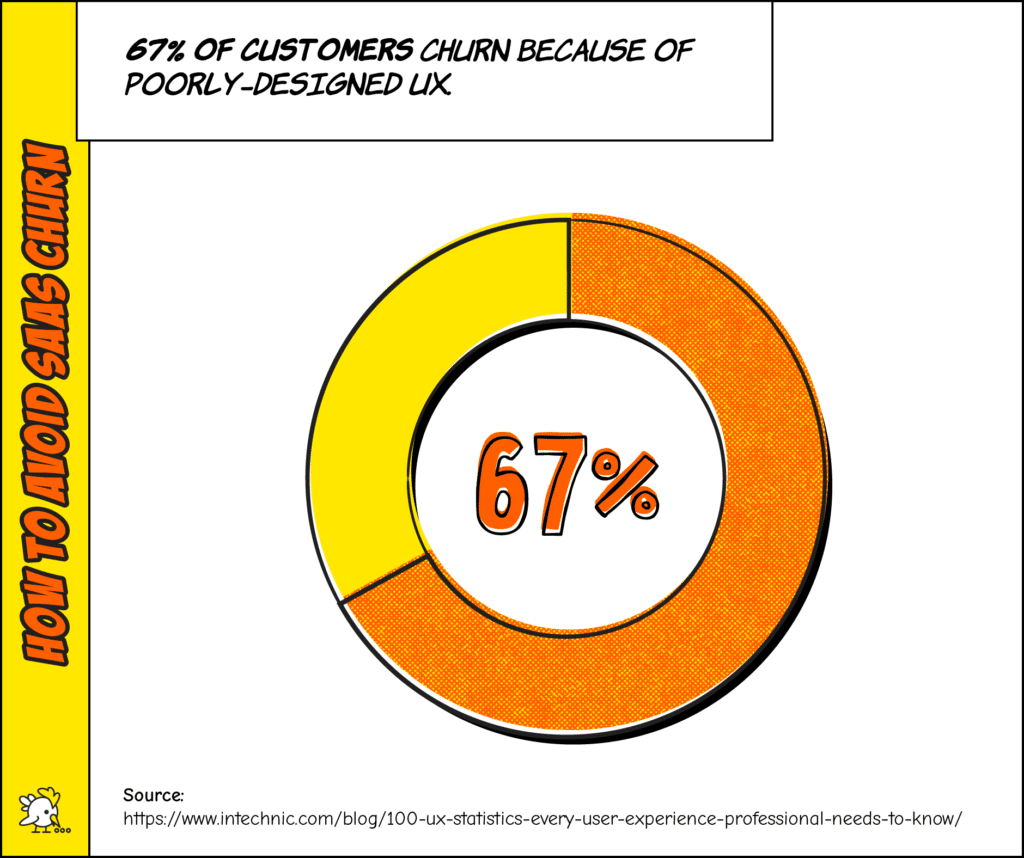
As a hiring and training platform, HireCream saw an onslaught of new clients during the pandemic.
It should be a good thing, but according to Amanda Smith, the content and PR executive at HireCream, many clients left promptly after.
The reason? You guessed it.
“It happened after we made some changes to our interface,” discloses Amanda.
Back in May 2020, HireCream made its dashboard available to users for free to manage remote work. It introduced some elements in the UI that the team thought would help in onboarding customers.
Alas, it drove users away.
Based on Google Analytics and Hotjar, Amanda and her team deduced that users didn’t like the multiple pop-ups that walk them through the interface—so much so that they dropped after the second pop-up.
To confirm their theory, the team gathered feedback from these churned customers in exchange for Amazon vouchers.
Pro Tip: Note that HireCream didn’t blindly assume why its customers left. The team dug deeper into the data, developed a theory, and backed it up with customer interviews. Victor Lang, co-founder and COO of gini, advocates qualitative customer research. On his approach, he shares, “We get on detailed calls with our customers and do weekly user testing and interviews. True, your customers may or may not agree to hour-long calls, but you should still ask for feedback.”
According to Victor, most SaaS churn happens in the first 24 hours.
“Many people who try the product will only give it a small chance before never coming back,” explains the gini co-founder.
“To fix the higher end of the funnel, focus on the first experience. Make sure the user’s first experience is engaging and keeps them coming back for more. Otherwise, people will forget about your product quickly.”
3. They Want to Stay, But External Events are Making it Impossible (Looking at You, Covid-19)
Businesses took a nasty hit when COVID-19 struck the world. Just in the US alone, 42.9% of small business owners reported a moderate negative impact on their businesses.
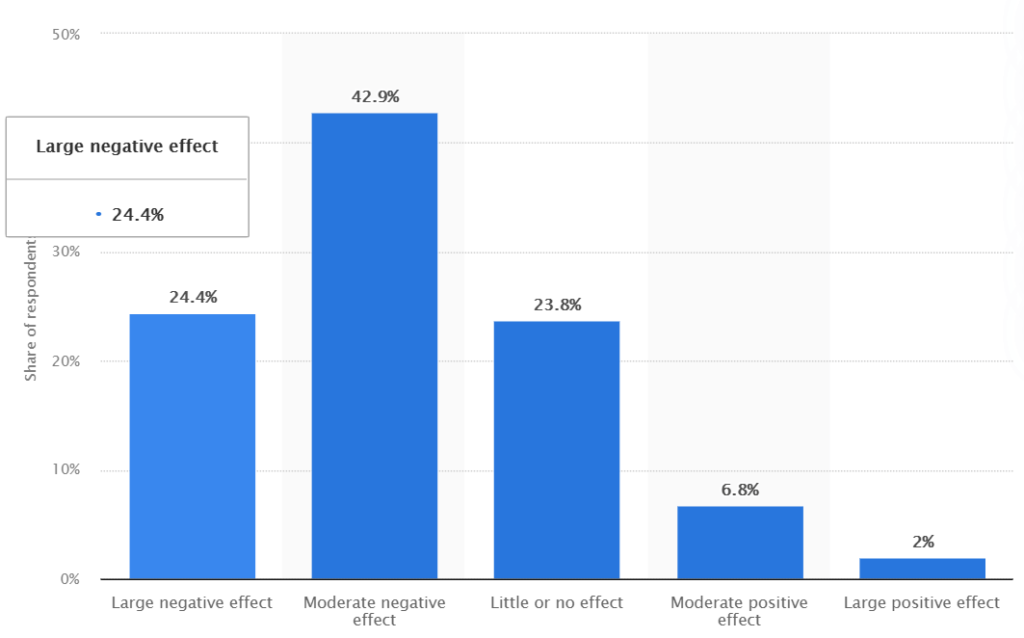
The startups I interviewed in this guide are no strangers to this predicament.
Amit Prasad, CEO of QuickFMS, saw a handful of his users requesting a hold on their accounts when he announced raising the next quarter’s invoice.
Likewise, RoverPass saw customers cutting its services from their budgets.
“Our customers are campground owners who depend on the travel industry to earn revenue,” reveals CEO Ravi Parikh.
“When Covid halted vacation plans in 2020, it led to mass cancellations and declined revenue among campsites around the U.S.”
4. They’re Annoyed by the Constant Technical Issues
Daivat Dholakia, director of operations at Force by Mojio, found himself in this exact situation.
“Some of our clients were actually having a technical issue that we were unaware of,” reveals Daivat.
“We had some clients churn before we were even notified of the problem by another client.”
How to Avoid SaaS Churn?
1. Watch Out for a Drop in Customer Support Tickets
Ghosting is an unavoidable obstacle in online dating. And apparently, it happens in the professional world, too.
Douglas Liantonio, a marketing outreach analyst at Gravy, spills, “Customers at risk of churning aren’t responsive to emails or calls. They aren’t as engaged in metric breakdown meetings and don’t ask follow-up questions.”
Ravi cautions about declined communication, especially when it’s a previously communicative customer. The CEO of RoverPass adds, “Other red flags include messages about financial issues and late payments.”
Daivat from Force by Mojio agrees and shares a recent somber experience.
He says, “We have dealt with more clients canceling and not saying anything than those telling us directly that they are leaving.”
2. Keep an Eye on Low Product Usage and Engagement
Your online activity dictates how engaged your user is.
A customer who often logs in and reads your blog posts is more likely to stay with your company than an AWOL client who hasn’t used your product in weeks.
One way to monitor your users’ online activities is to use a scoring tool.
Breadcrumbs identify these SaaS churn signals, providing you with the necessary information for your customer success team to contact the client and catch them before churn happens.
Here’s what you want to do:
- Connect your data sources with Breadcrumbs
- Build a scoring model that determines the behavior of your at-risk customers (it’s insanely intuitive!)
- View customers’ granular analytics at the activity level
Breadcrumbs will notify you, so you can step in at the right time.

Fret not if churning still happens. Sometimes it’s impossible to make customers stay, especially those who no longer need your product or found a cheaper alternative with similar features.
All these churning signals can still serve as a feedback loop with the product team to improve your product-led strategy.
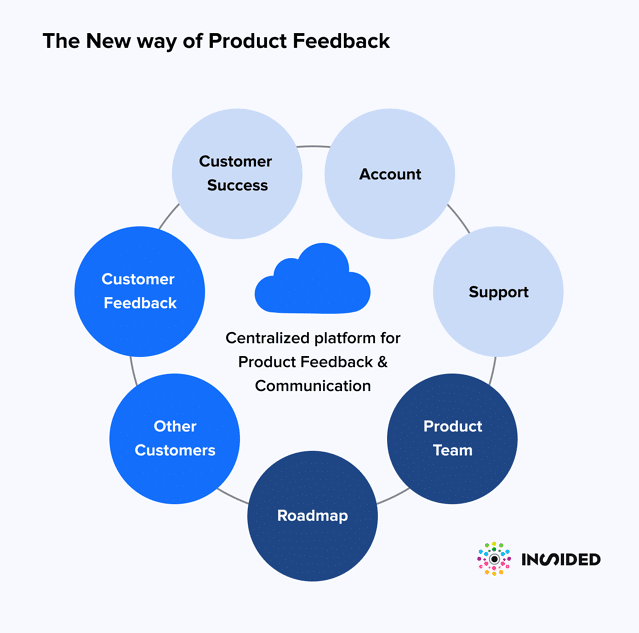
On the engagement front, QuickFMS tracks its daily logins and usage statistics. Whereas HireCream monitors the user session time and the number of pages they view in each session.
Amanda shares, “We have goals set up in Google Analytics that help us monitor both these statistics. If there’s a slump in comparison to the average statistics from a month ago, it’s a red flag.”
Here’s a tip from Victor When you use event tracking, identify the specific point where users drop off or stop using the product.
In gini’s case, it’s the report templates. Users grabbed the templates to create their dashboards but failed to complete the process.
“That’s indicating users like the product but were likely losing interest due to the dashboard creation process,” the gini co-founder explains.
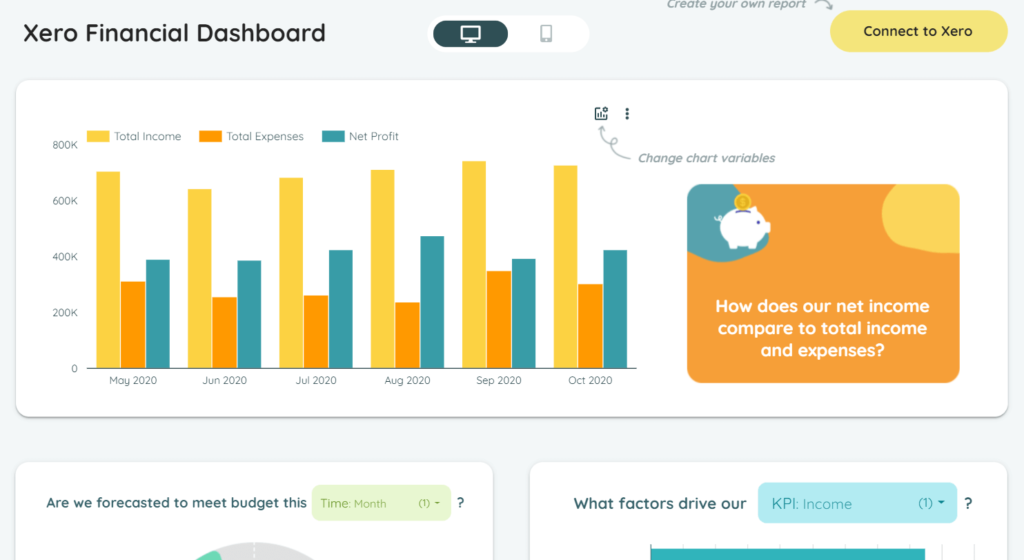
He concludes, “If we didn’t have this tracking in place, we wouldn’t have been able to identify the cause. Always know where your users drop off, don’t go into this blindly.”
There’s a lot more to conducting in-depth SaaS churn analysis. Learn how to analyze your customer data and improve your SaaS churn rate here.
How to Make SaaS Churn Users Return?
(i) If They Left Because of a Lack of Features
It’s straightforward enticing churned users to come back when it comes to missing features.
Automate.io sends a feedback form to these users. After these customers share their issues and reasons for canceling, the product team comes in to work on these problems.
Pro Tip: Practice empathy in offboarding. As Growth.Design shares, asking for feedback in a churn survey, and not showing that you’ve listened is way worse than not asking for any feedback at all.
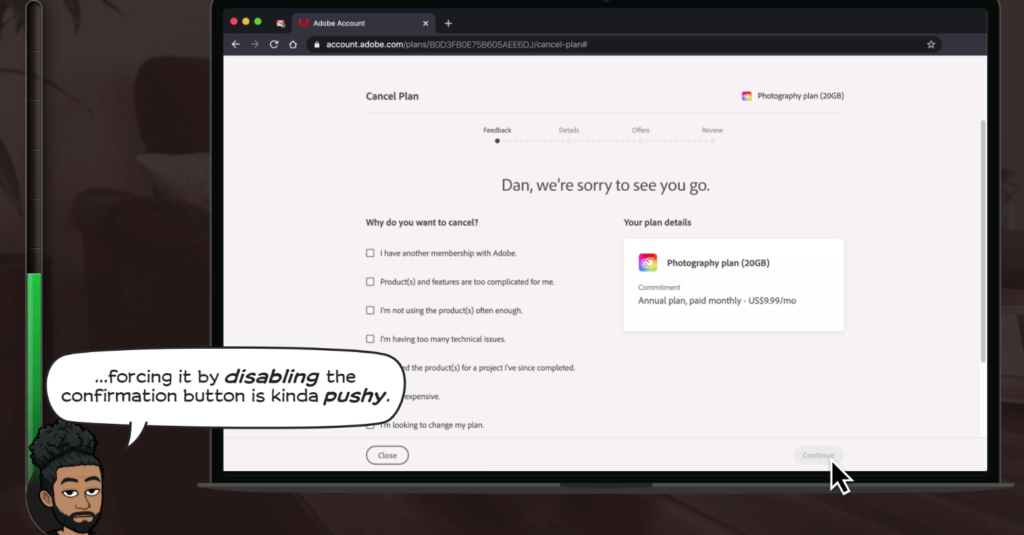
Like every smartly productive startup, Automate.io only adds popular feature requests to the roadmap. Note how it also displays them in the coming soon section of its app integrations page.
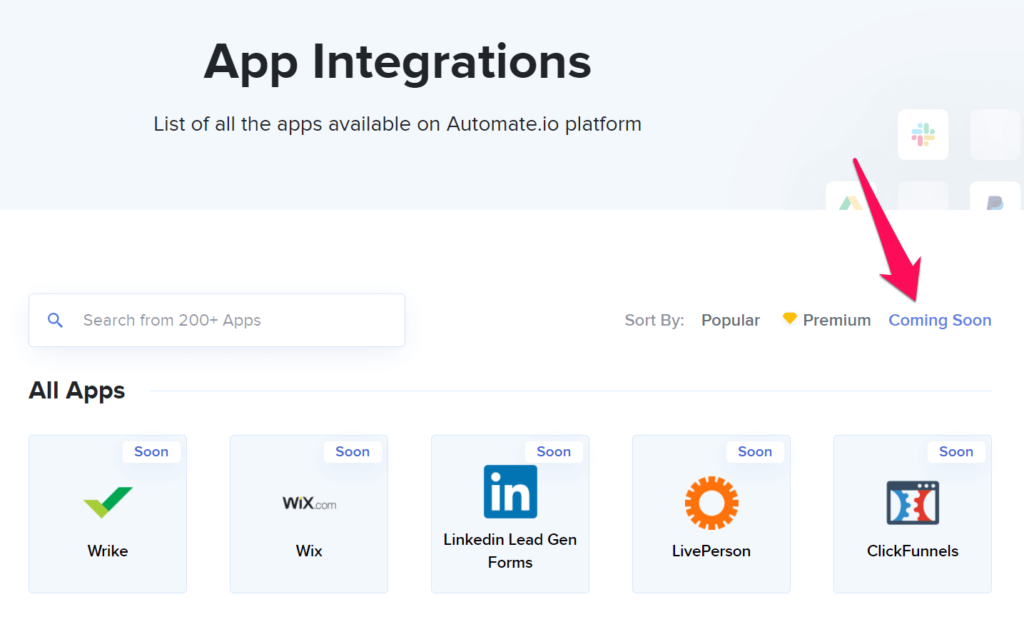
Once done, Automate.io sends outreach emails and in-app messages (as other automation tools like Zapier do) to both its active and churned users that the features and issues have been resolved or updated. (If you need a refresher, check out this post on recovering lost customers with a winback campaign.)
Tip: Want better conversions in your outreach emails? Personalize them! In a KPMG report, personalization is the strongest pillar when it comes to fostering customer loyalty.
Better yet, tease your users on what features you’re launching in a public roadmap.
Here’s an example from Frase, an SEO tool.
Note how it publicly shares its roadmap on Trello.

This public way of building accomplishes several things at one go. It shows both churned and prospective customers that you’re actively improving the tool and working on their feedback.
There are other ways to keep these churned users and existing and prospective customers in the loop. In Automate.io’s case, it invites them to subscribe to a waiting list on the tool’s product page.
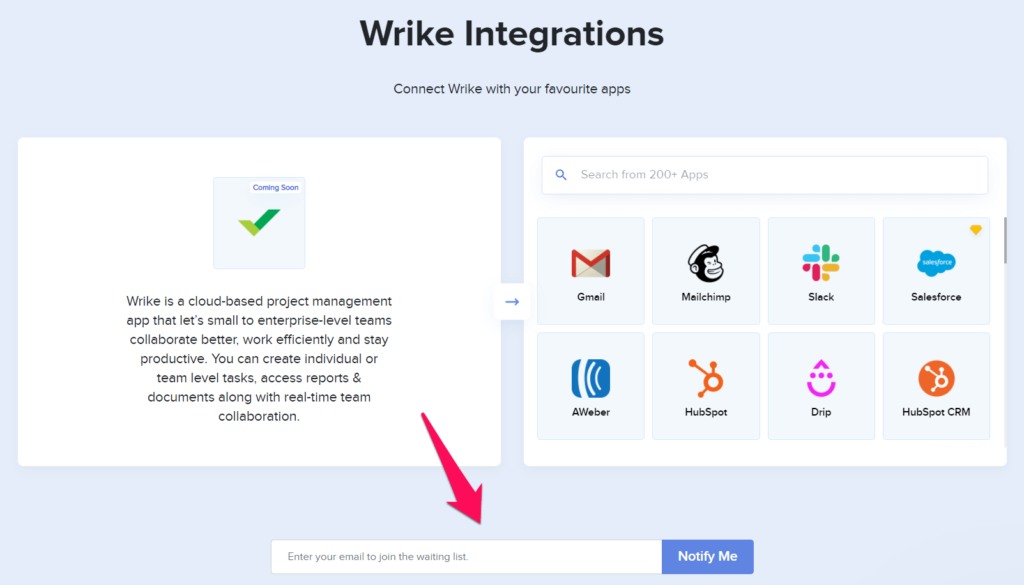
What’s even more impressive is that Automate.io also uses this opportunity to reach out to prospective customers.
Saurabh Wani, a content marketing associate at Automate.io, shares, “We interact with folks who talk about these issues in multiple communities and forums. Chances are, they’ll pivot from our competitors and start using our product.”
When Automate.io launched its latest tool that integrates Notion with third-party apps (it was the first company to offer such a solution), the team popped over to forums and communities to spread the word.
“We reached out to them and showed them what our product integration could do for them,” reveals Saurabh.
“And they switched to our product.”
90% of consumers see resolution as the most critical factor in customer service. The fact that Automate.io actively listens to its customers and gives them what they need is heartening.
One last crucial reminder before we end this tip. You might come across customers who just won’t return no matter how much you improve, persuade, or educate them. And that’s okay! As Liz Gonzalez shares in a post, this happens when you sell to poor product/market fit customers. The director of product marketing at Copper writes, “If Marketing is trying to max out lead quantity and not quality, and meanwhile your salespeople are hustling to hit quota so they don't sell to good-fit customers, the result will be churn.” So don’t be disheartened. As you conduct your SaaS churn analysis, pay special attention to the customer segments. And while you’re at it, have your marketing and sales teams revisit your buyer personas. Zoom into your best customers and personalize your marketing campaigns for each segment. You’ll create a well-rounded and targeted customer experience, ultimately reducing your SaaS churn.
(ii) If They Left Because They Have a Tight Budget
Earlier on, you learned about the startups affected by the COVID-19 pandemic.
How do you get these customers to come back when they’re short of funds? How do you get clients from non-pandemic-proof industries to take another chance on you?
From my conversations with QuickFMS and RoverPass, it boils down to empathy and irresistible benefits that clearly show the value you bring to the table.
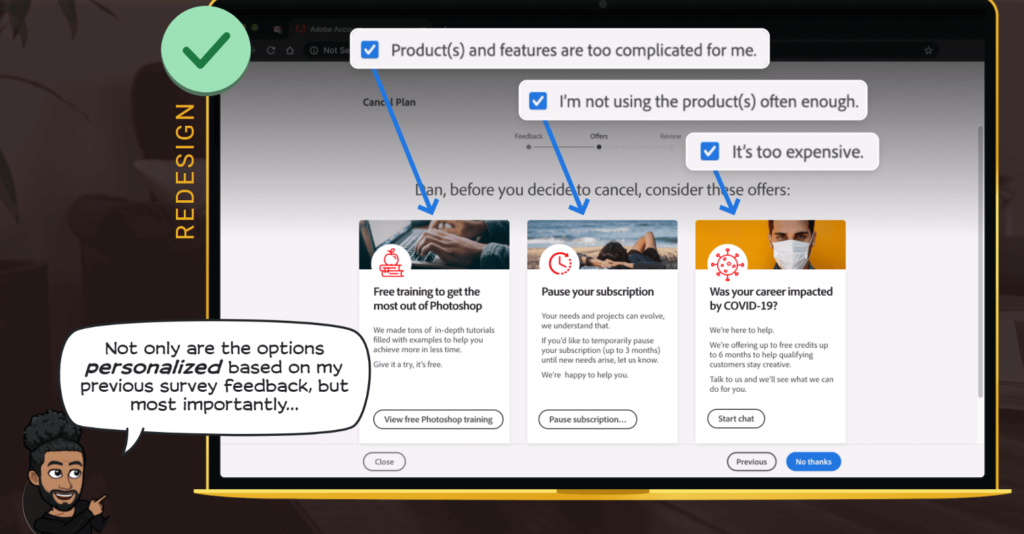
Social responsibility wins you extra brownie points and paints you in a positive light. What’s more, it’s often linked with increased brand loyalty and greater profits. Decision Lab coins this as the “Noble Edge Effect.”
Taking a leaf out of the empathy book, QuickFMS offered a “holding fee” of a portion of its customers’ monthly billing to keep their accounts active. “This avoided deactivating and onboarding the account again later,” says Amit.
And as for RoverPass, it upped its offerings.
The campground SaaS startup released a new trip insurance plan to travelers who booked trips through its service, bringing more customers back.
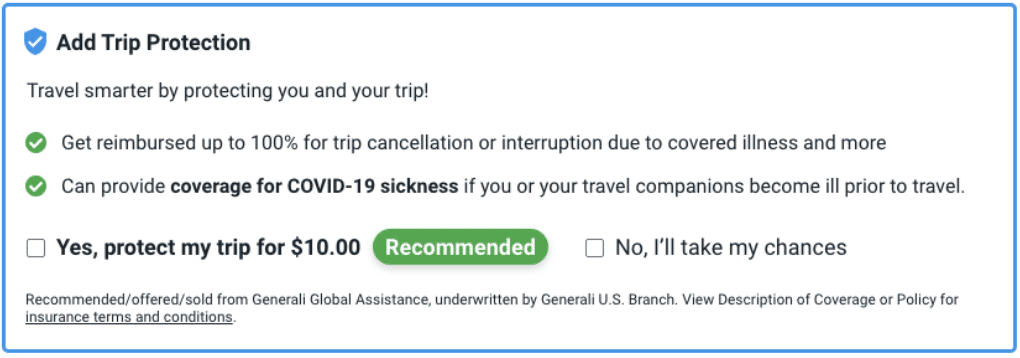
“We also introduced a new tiered pricing system that allowed customers to receive a discount if they booked a non-refundable trip,” shares Ravi.
Value-driven benefits are almost impossible to refuse. In a report by KPMG, 63% of consumers see value as the critical differentiation on product choice due to the pandemic.
(iii) If They Left Because of a Poor User Experience
Experimentation is key.
After discovering the multiple pop-ups were annoying its customers, HireCream replaced them with a single pop-up that contained only a one-minute walk-through video.
“This simple change increased our retention rate by 300%. We now realized that it’s important to keep the UI as simple as possible.”
Amanda Smith, content and PR executive at HireCream
Author’s note: I still can’t get over how a tiny tweak can bring on such a significant improvement!
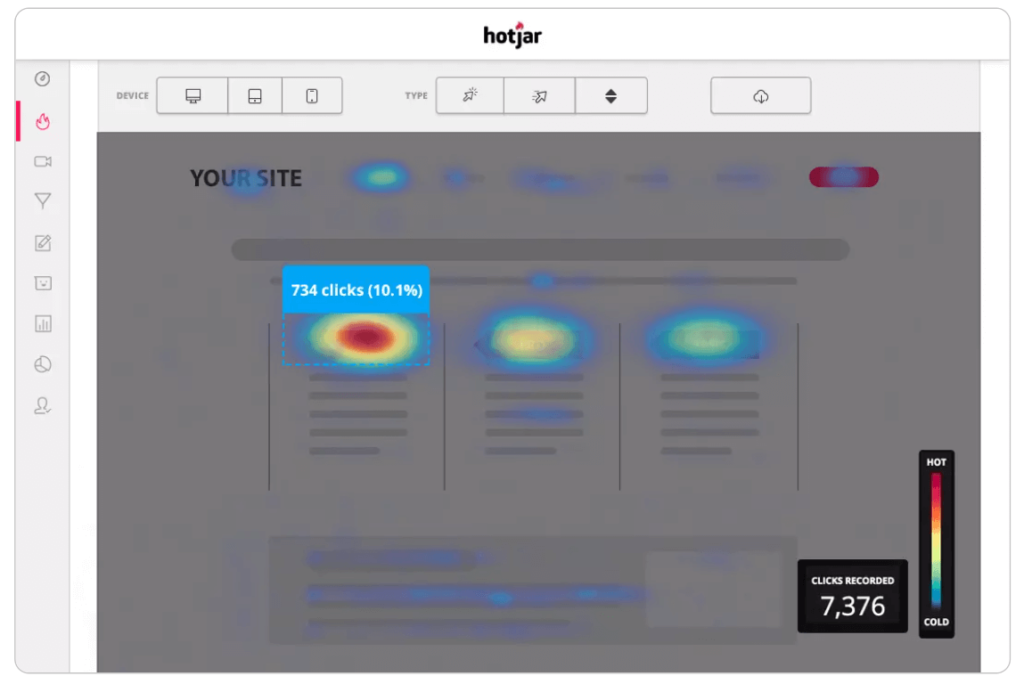
Conduct interviews with churned clients and use behavior analysis tools to identify the root causes of the problem while considering what drives them to keep going.
When you’ve gathered your findings, implement the necessary changes and monitor your results. If you start noticing improvements, you’re on the right track.
(iv) If They Left Because of Technical Issues
When churned clients brought up technical issues, Force by Mojio apologized and offered a free month to make up for the inconvenience caused.
Don’t underestimate the power of gifts. Word has it that 61% of consumers pick offers and gifts as the most important way a brand can interact with them.
How to Improve SaaS Churn Based on Feedback?
It’s good to fix issues that drive customers away.
It’s even better to improve and optimize your product so you can prevent these similar problems from happening again.
Let’s explore what these startups are doing to improve their SaaS churn rate. Spoiler: It’s a lot more than resolving customer queries and troubleshooting technical issues.
(i) Always Be Active at Proving Your Product’s ROI
QuickFMS, one of the startups that lost a handful of its customers due to the COVID-19 pandemic, set up a dedicated customer success team.
These CS reps are specifically tasked to track product usage, such as:
- Identifying the individual users in the client’s organization that stop using the product
- Reviewing the efficiency enhancement parameters, and
- Monitoring the benefits users are getting in terms of time or money saved
The last point is the most crucial, as it shows the ROI the customer is getting from using QuickFMS in their business.
QuickFMS deliberately highlights these time- and financial-based benefits in a monthly report and sends it to the C-suite decision-makers. These high-priority benefits matter a lot to them, especially those in sectors affected by the pandemic.
Other SaaS tools that employ a similar approach? Grammarly. Check out this email I got.
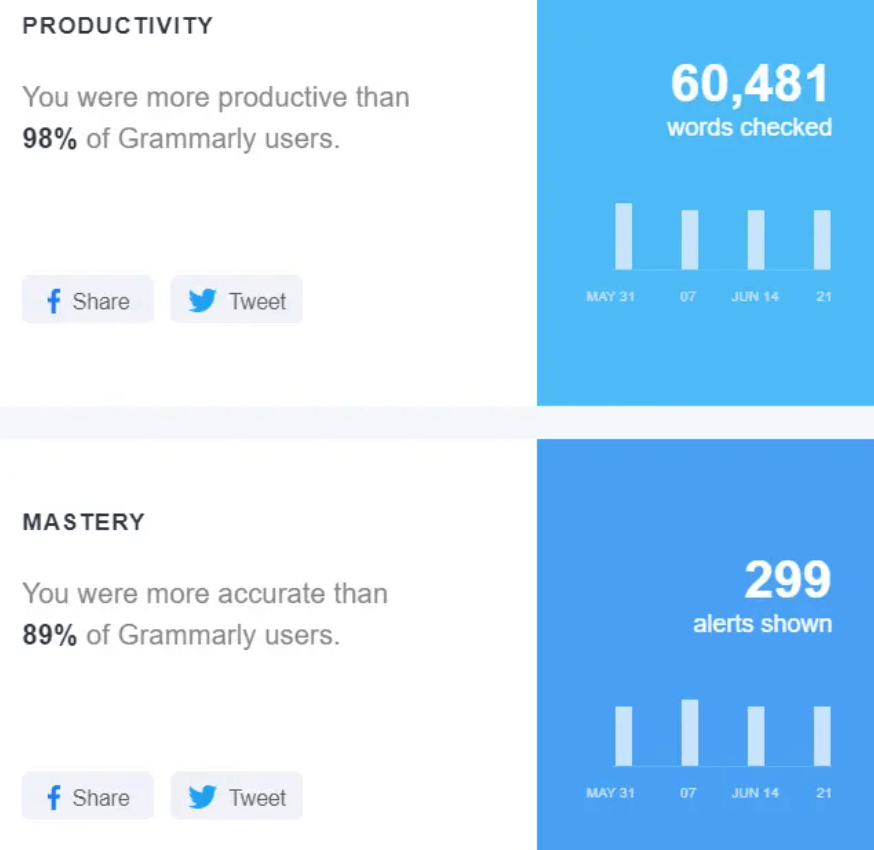
There’s also another way to showcase ROI.
Victor recommends notification emails.
The gini co-founder and COO says, “You always want your users to come back. Email reminders at the right time can turn users into regular users.”
“These email reminders at the right time can have an impact on your 30/90 day retention.”
Victor Lang, co-founder and COO of gini
In self-service, the end-user is typically the one signing up. For smaller companies, the user activation is internally handled on the customer's end in a relatively efficient manner. However, it’s a different story for large companies. In enterprise deals, SaaS churn often occurs when something goes wrong during activation. 10X your customer experience efforts if you sell to these enterprise clients! Massimo Chieruzzi, co-founder and CMO of Breadcrumbs, explains: “Usually, in large enterprise deals, there is a broader user base that needs to adopt the product and be activated. This requires more CX effort. Often, in larger enterprise deals, multiple products are bundled together in a larger deal. It’s important that you push for the adoption of all of these products.”
(ii) Test Before Going Live
HireCream now beta tests its user interface changes before rolling them out to the public.
Even more interesting is that this new UX approach extends beyond its other departments, namely marketing.
“We do the same for our marketing funnels. If we were to change our Facebook Ad, we first pause the existing ad, duplicate it, and make changes to that. Only if that ad performs well do we tinker with the original ad campaign.”
Amanda Smith, content and PR executive at HireCream on beta testing marketing campaigns
On selecting which users to beta test your product’s interface or new features, take a leaf out of AppSumo’s book:
Focus on wildly active customers
The software marketplace focuses on Facebook group members who often post in-depth product reviews.
AppSumo’s reasoning is this: These users understand the brand and what other customers are looking for.
To get your beta users to say “yes” to your offer, create a win-win. AppSumo entices these folks with store credits and free access to the product review board, among others.

When you’re ready to grow your beta users program, invite other users from your existing customer base to submit an application.
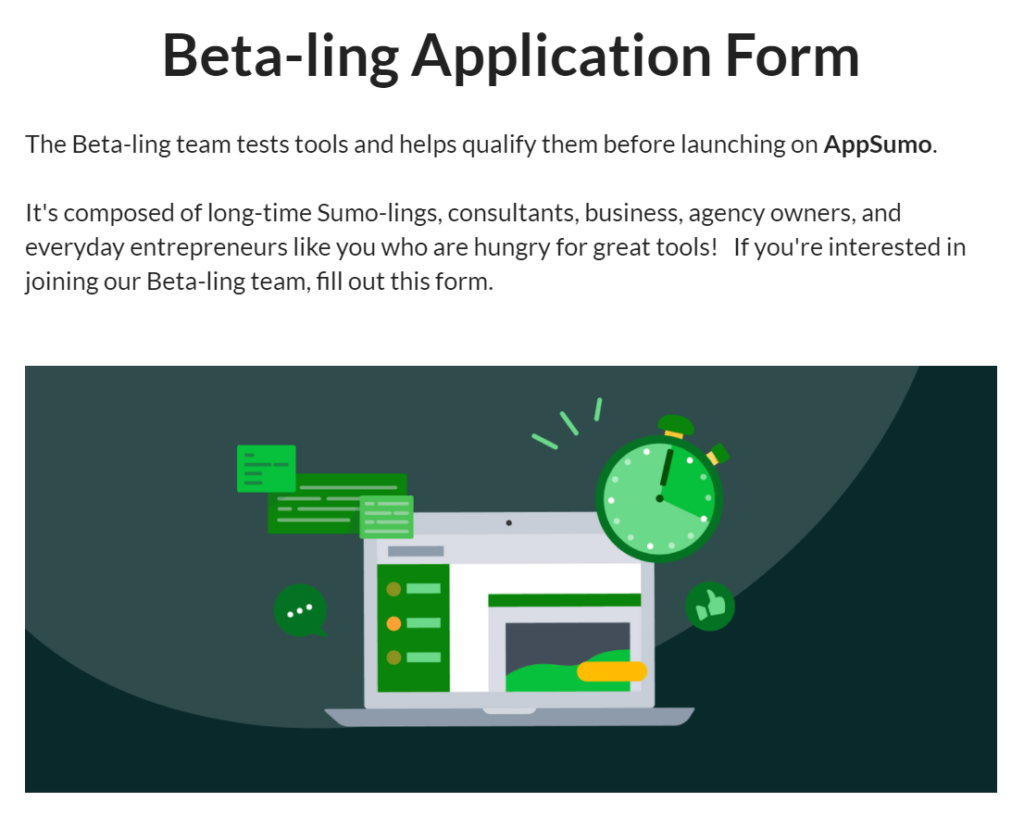
Include pre-qualifying questions, such as:
- “Why do you want to join our beta community?” Ask this to identify genuine users who are not only your biggest customers but also advocates of your product.
- “What experience do you have in terms of testing?” Ask this to gauge their level of expertise in tool testing. For newbies who “undershare”, you might need to probe deeply when they share their reviews.
- “How many hours per week can you commit to testing our new features and providing feedback to founders?” Ask this to weed out flakes from motivated and reliable testers.
(iii) Two Words: Follow Up
Surveying should be a habit.
Send NPS surveys to gauge customer satisfaction and spot what makes the promoters different from detractors in lifetime value, behaviors, attitudes, and channel preferences.
These insights will help you spot patterns in your churned customers.
Final Thoughts on SaaS Churn: Step In to Catch At-Risk Customers
More often than not, there are red flags that show a customer in jeopardy of churning.
You now know the signs you should watch out for, what to do to get these customers to stay, and how to prevent other customers from leaving again.
Book a demo with Breadcrumbs today.
Our director of sales will walk you through how to build a SaaS churn scoring model so you can catch at-risk customers easily and win them back like a champ.



